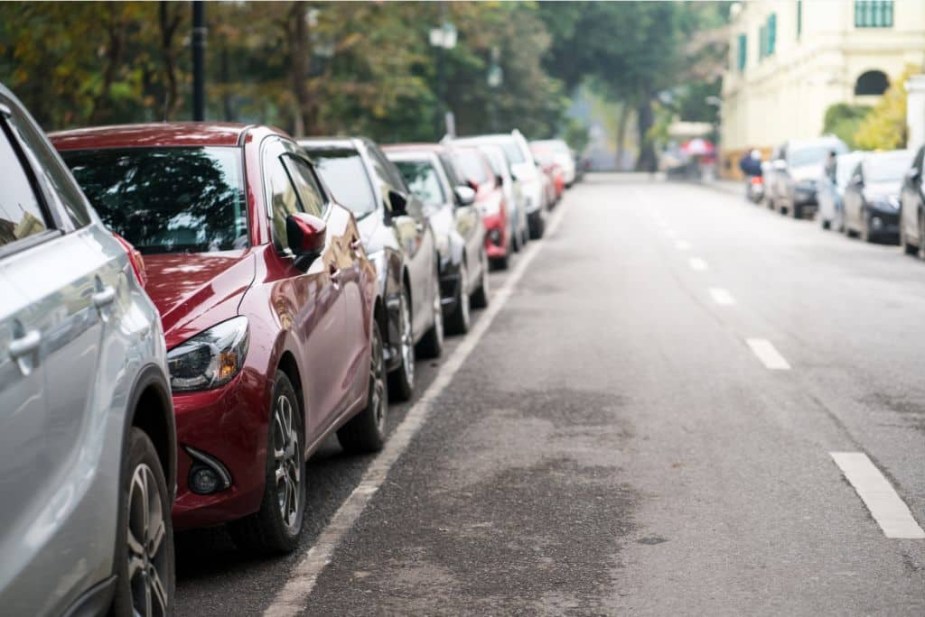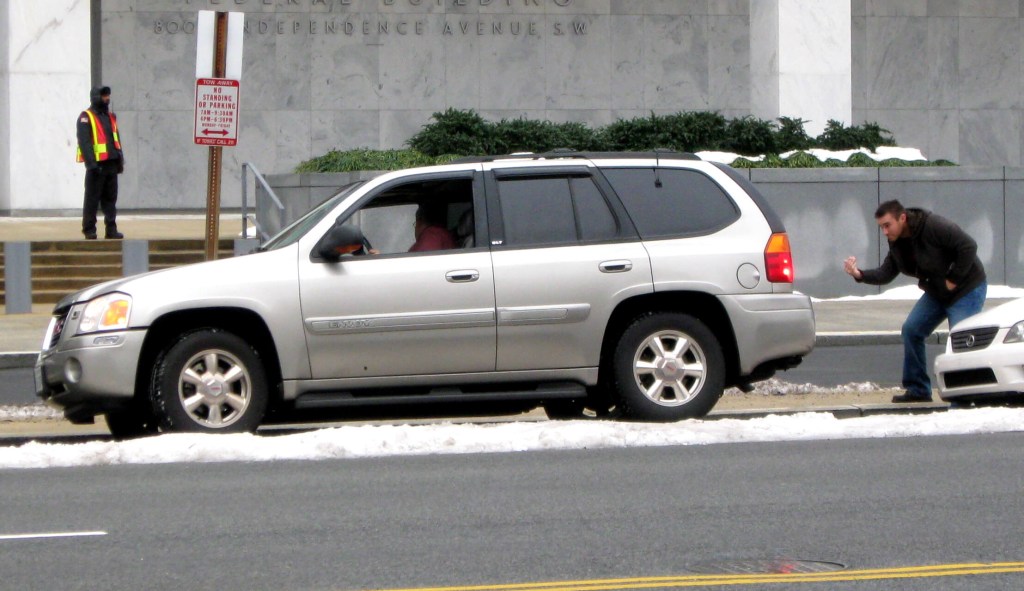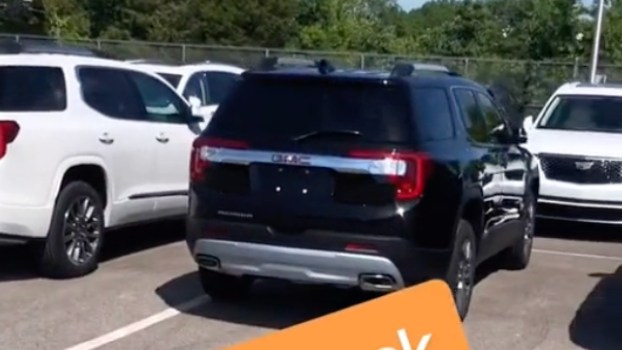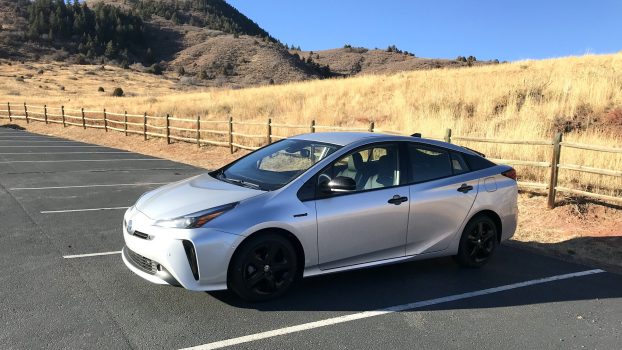
How to Parallel Park With Step-by-Step Instructions
Ready or not, sometimes you have to parallel park. Tight parking spaces on the street are a necessary evil to master. You never know when the parking situation will be rough. It could be before a party, near a job interview, or in front of the restaurant your inlaws picked downtown. Either way, knowing how to parallel park is key for a successful outing.
How to parallel park step-by-step

First, what is it? Parallel parking has its benefits by providing parking spaces on the side of the road to save space when parking lots and garages are either full or nonexistent.
It’s basically the practice of parking parallel to the road or in line with it while maneuvering in between two other vehicles. You should be facing the same direction as traffic, and backing up is required.
1. Pull up to the car in front of you
The first step to parallel parking like a pro involves pulling up to the car in front of the space. Align your rear axle with their rear bumper. You should be about two to three feet away from the side of the parked car. Then hit your turn signal to indicate your intentions.
2. Check your mirrors
Before attempting to parallel park, check your mirrors. Make sure no other vehicles are in your blind spots and shift into reverse.
3. Start to reverse
Turn your steering wheel fully to the right and slowly back up until you can see the vehicle behind you in the left-side mirror. You should be able to see the entire front of the vehicle. This also creates a 45-degree angle.
4. Straighten up
Straighten your steering wheel and continue backing up. Stay alert and continue checking through your windshield and mirrors to make sure that you aren’t going to hit surrounding vehicles. Reverse until your right side mirror covers the taillight of the car in front of you.
5. Turn to the left
Next, turn your wheels to the left and continue backing up. Straighten the wheels as you enter the space, and be careful not to hit the bumper of the vehicle behind you. After getting the vehicle as close to the curb as possible, you may need to pull forward a little.
Do you need to parallel park to pass a driver’s test?
In some states, incorrectly parking or missing any of the parallel parking steps can result in failing your driver’s test. But some states don’t require this skill anymore.
Starters that don’t require you to parallel park include:
- Alabama
- Arkansas
- California
- Colorado
- Florida
- Illinois
- Maryland
- Nebraska
- North Carolina
- Ohio
- South Dakota
- Virginia
- Wyoming
While mastering the parallel parking steps helps drivers become more comfortable while reversing and using their mirrors, it’s not exactly a necessary skill for safety on public roads. Failing people for making a mistake during this portion of the test may slow the entire system down.
Where can you practice parking?

There’s no magic trick for parallel parking. It just takes confidence while reversing and using your mirrors. Knowing when to back up and straighten your wheels is key, and that doesn’t take time to master.
You can practice parallel parking by using cones to simulate other vehicles on the road. Cones or flags should be placed about 25 feet apart to create a pretend space in an empty parking lot or street.
Sometimes public schools and DMV locations have a practice parallel parking space set up for beginners to take advantage of.
If you feel nervous about it, just take your time. Feeling rushed and making anxious maneuvers could increase the risk of making a mistake. You can also ask for help from more experienced drivers.
At the end of the day, practice makes perfect! Go out there until you feel comfortable and ready to hit busier downtown streets!





